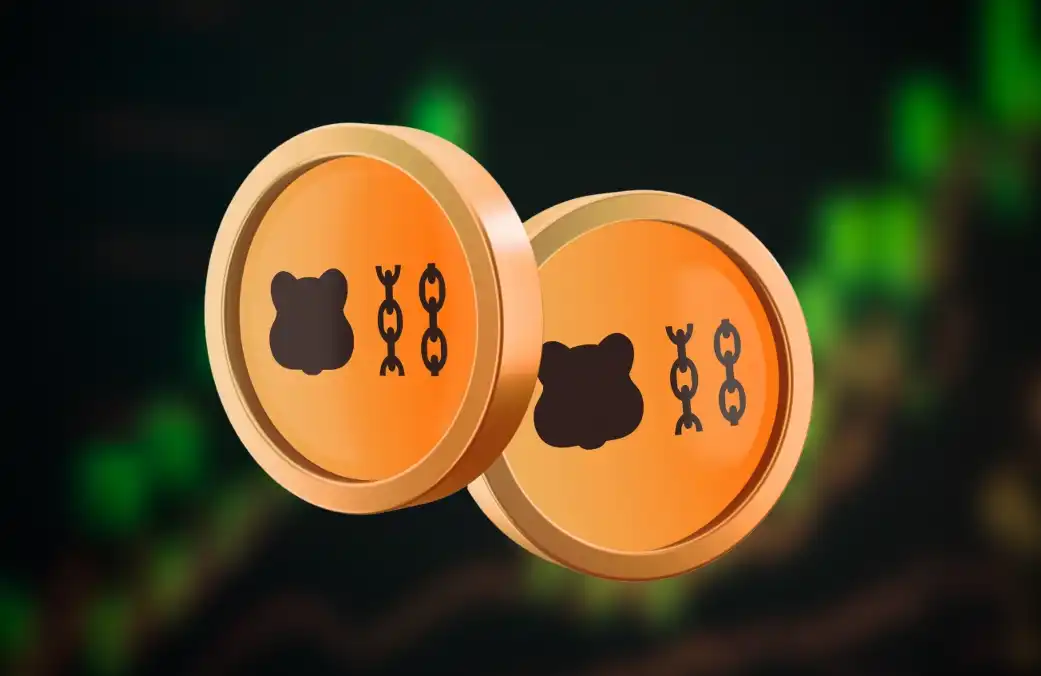

SushiSwap 價格SUSHI
您今天對 SushiSwap 感覺如何?
SushiSwap 今日價格
SUSHI 的最高價格是多少?
SUSHI 的最低價格是多少?
SushiSwap 價格預測
什麼時候是購買 SUSHI 的好時機? 我現在應該買入還是賣出 SUSHI?
SUSHI 在 2026 的價格是多少?
SUSHI 在 2031 的價格是多少?
SushiSwap 價格歷史(TWD)
 最低價
最低價 最高價
最高價 
SushiSwap 市場資訊
SushiSwap 行情
SushiSwap 持幣
SushiSwap 持幣分布矩陣
SushiSwap 持幣分布集中度
SushiSwap 地址持有時長分布

SushiSwap 評級
SushiSwap (SUSHI) 簡介
什麼是 SushiSwap?
SushiSwap 是一個建立在以太坊區塊鏈上的去中心化交易所(DEX),為用戶提供購買、出售和交易各種加密資產的平台。SushiSwap 最初被認為是知名的 Uniswap 協議的一個分叉,而現已在加密貨幣領域確立了自己的地位,提供了現代自動化造市商(AMM)模型,可提高交易機制的效率。該平台自成立以來經歷了重大發展,重點是優化其去中心化交易功能並擴大對多鏈和 Layer 2 解決方案的支援。
該平台由一位名叫 Chef Nomi 的匿名創作者於 2020 年 8 月推出,他利用 Uniswap 的開源程式碼建立了一個符合自身願景的新 DEX 協議。雖然一開始面臨諸多障礙,包括對創始人兌現大量 SUSHI 代幣的擔憂,但該平台已成功實現指數級增長,吸引了大量的加密貨幣交易。SushiSwap 由去中心化自治組織(DAO)管理,使 SUSHI 代幣持有者能夠參與決策過程,進而促進社群驅動的開發和改進方法。
相關頁面
官方檔案:https://docs.sushi.com/pdf/white paper.pdf
SushiSwap 是如何運作的呢?
SushiSwap 的運作核心是其 AMM 系統,這是一個智能合約網路,可促進透過流動性池進行數位資產交換。與依賴訂單簿以特定價格設定買賣訂單的傳統市場不同,SushiSwap 透過建立流動性池來運作,其中資產由流動性提供者(LP)提供。這些 LP 將等值的兩種代幣鎖定在一個池中,並且會收到 LP 代幣作為回報,接收到的代幣表示他們的份額,並允許他們收取 Swap 產生的部分交易費用。
為了增強其功能,SushiSwap 於 2022 年推出了由 Stargate 協議支援的跨鏈交換。此功能作為一個橋樑,允許用戶在不同的鏈或 Layer 2 解決方案之間交換資產,透過附加功能促進資產交換。此外,該平台還提供名為 Furo 的服務,一個設計來簡化代幣支付和控制代幣歸屬的平台,在獎勵 DAO 貢獻者方面提供效率和去中心化。
什麼是 SUSHI 代幣?
SUSHI 是一種治理代幣,允許持有者對提案進行投票並對 SushiSwap 進行更動。SUSHI 最初建立在遵守 ERC-20 代幣標準的以太坊區塊鏈上,並進行了多次擬議的重新設計以增強其代幣經濟,包括引入 xSUSHI 質押時間鎖定和可變費用燃燒機制。SUSHI 代幣可以透過市場購買或透過在平台上活躍(例如提供流動性)進行「挖礦」來取得。
SushiSwap 對金融的影響
SushiSwap 證明了去中心化金融的變革力量,為用戶提供了一個沒有中介機構的點對點市場。其社群驅動的方法和跨鏈交換等創新功能,象徵著向更具包容性和高效的金融生態系統的轉變。隨著 SushiSwap 的不斷發展,它有可能重新定義金融交易的典範,為用戶提供一個可以參與安全、去中心化和順暢交易加密貨幣的平台。
SushiSwap 的價格是由什麼決定的呢?
在不斷發展的加密貨幣市場中,辨別決定 SushiSwap 價格的因素對於新手和經驗豐富的加密貨幣愛好者來說都非常重要。與其他代幣一樣,SUSHI 代幣的價格會受到多種因素的影響,加密貨幣專家和影響者經常分析這些因素以做出明智的預測。加密貨幣分析包括查看加密貨幣圖表和採用各種加密貨幣交易策略,在了解 2023 年及未來 SushiSwap 價格的潛在軌跡方面發揮關鍵作用。
加密貨幣新聞是重要的資源,可以對 SushiSwap 的潛在價格波動做出預測。加密貨幣市場中的事件,例如監管發展、加密貨幣採用率的變化以及 Bitget 等加密貨幣交易所的更新,都可能對代幣的價格產生重大影響。此外,加密社群上的趨勢話題,包括加密貨幣活動和社群的情緒,都可以影響投資者的行為,進而影響加密貨幣的價格。作為 2023 年的最佳投資,許多人將目光投向了 SushiSwap 這樣的代幣,這需要深入了解加密貨幣市場動態以及所包含的潛在加密貨幣風險。
SUSHI 兌換當地法幣匯率表
- 1
- 2
- 3
- 4
- 5
如何購買 SushiSwap(SUSHI)

建立您的免費 Bitget 帳戶

認證您的帳戶

將 SushiSwap 兌換為 SUSHI
交易 SUSHI 永續合約
在 Bitget 上註冊並購買 USDT 或 SUSHI 後,您可以開始交易衍生品,包括 SUSHI 合約和槓桿交易,增加收益。
SUSHI 的目前價格為 NT$23.2,24 小時價格變化為 +0.93%。交易者可透過做多或做空 SUSHI 合約獲利。
SushiSwap 動態

Berachain 透過PoL和雙代幣模型優化 DeFi 生態的資本效率與網路安全




用戶還在查詢 SushiSwap 的價格。
SushiSwap 的目前價格是多少?
SushiSwap 的 24 小時交易量是多少?
SushiSwap 的歷史最高價是多少?
我可以在 Bitget 上購買 SushiSwap 嗎?
我可以透過投資 SushiSwap 獲得穩定的收入嗎?
我在哪裡能以最低的費用購買 SushiSwap?
您可以在哪裡購買 SushiSwap(SUSHI)?
影片部分 - 快速認證、快速交易

Bitget 觀點




相關資產


































